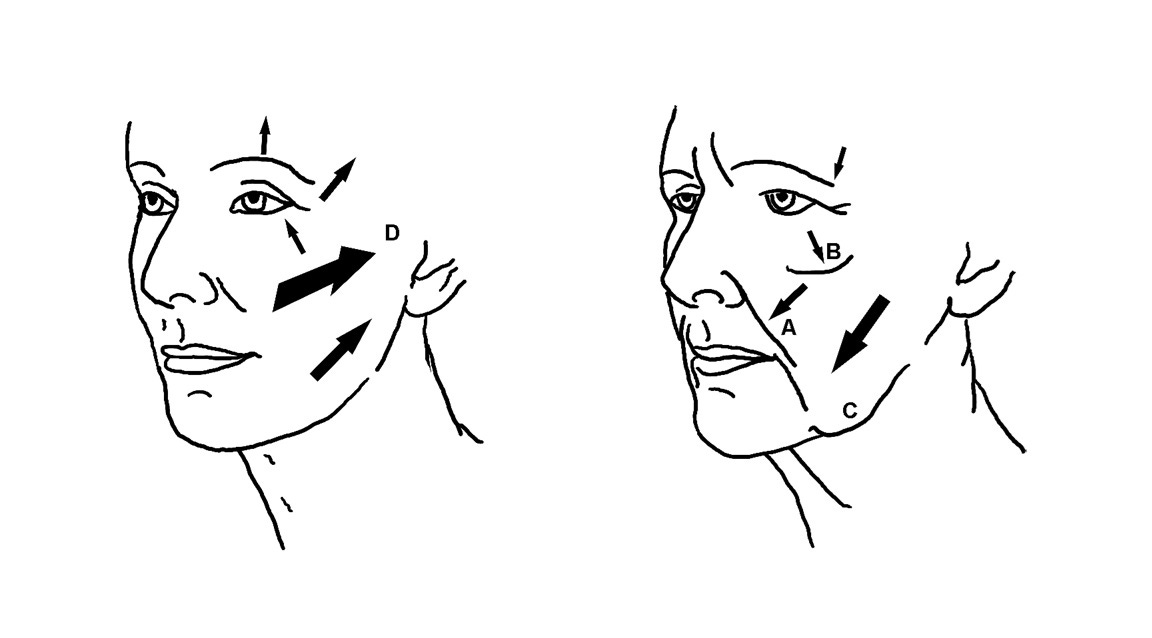Facelifts are the new filler - but what’s next?
Injectables and non-invasive procedures aren’t cutting it anymore
Kris Jenner, Lindsay Lohan and Anne Hathaway are just a few celebrities who are alleged to have recently had facelifts.
Jenner is the only one who has confirmed this - thanking her doctor, Steven Levine, (who is based in New York) for his work.
Meanwhile Lohan has attributed her new look to lemon water (que eye roll) and Hathaway has simply ignored the accusations.

Once fillers were the cosmetic treatment of choice, with lip, cheek, chin and jaw booming throughout the 2010s - partly thanks to Kylie Jenner, who admitted to receiving lip injections in 2015.
But when ex-Love Island star and British vlogger Molly Mae got all her filler dissolved in October 2020, and Kylie stepped out in a similarly deflated (yet still very much snatched) face in 2021 - people thought embracing your natural features was on the horizon for facial trends - at last!

Well, of course, that wasn’t the case. While looking totally natural is the look of choice right now - you can’t be completely natural - as that would leave room for sagging and wrinkles which is strictly not allowed.
Enter: the facelift.
Because in 2025, the pressure hasn’t disappeared, it’s just become more sophisticated. You’re still expected to look fresh, lifted and poreless - just without showing you’ve paid for it.
The modern facelift, technically known as a rhytidectomy (from the Ancient Greek rhytis meaning 'wrinkle', and ektome meaning ‘excision’ i.e. the surgical removal of wrinkles) dates back over a century.
The earliest recorded surgery was in 1901 by German surgeon Eugen Holländer after an elderly Polish aristocrat asked him to, "lift her cheeks and corners of the mouth" (it’s possible that this was potentially me in a past life).
After much debate, he finally cut and lifted two pieces of skin around her ears and voilà! The first cosmetic facelift was born.
People were still hesitant about this procedure, for obvious reasons, one being that Hollander was winging it in theatre (everyone knows - nothing ever good happened in a theatre).
But come the First World War 13 years later, the facelift could be put to more constructive use (pardon the terrible pun). The British plastic surgeon Harold Delfs Gillies used Johannes Esser’s skin grafting technique on soldiers who had been disfigured in the war, earning him the name "Father of 20th Century Plastic Surgery".
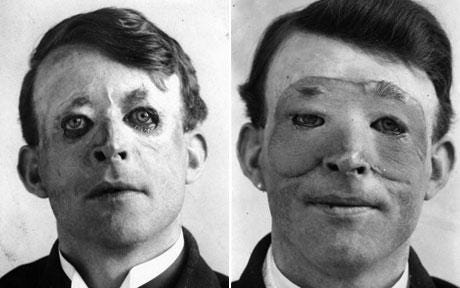
By the 1970s and 80s, cosmetic surgery had become more sophisticated, and simply cutting and hoicking up the outer skin didn’t suffice. So French surgeon Paul Tessier, made the step to a ‘subperiosteal dissection’, which pulls on the outer membrane of the bone, therefore lifting the muscle, as well as the skin.
This meticulous procedure was reserved purely for the Hollywood elite, although often with tell-tale tautness and tell-all hairlines. While some were successful, many were botched, which led to the facelift being mocked as the hallmark of cartoonish vanity.
Take the Muppet Show sketch called “Vendaface”, which features a vending machine that literally dispensed facelifts.
Apparently, Vendaface the puppet was only meant to be used once, but following a good reception, David Lazer decided to have him on the show a few more times.
So why did this once retro and parodied procedure come back into fashion? Largely, because trends don’t live in isolation, and filler fatigue is rife.
Years of over-injecting have led to a generation of people facing what practitioners now call “pillow face” - puffiness, loss of facial definition and tissue damage.
But fillers were never meant to be a long-term solution. Cosmetic surgeons argue that they’re great in moderation - like for a summer of fuller lips - but for structural ageing (jowling, skin laxity, etc.) - they can’t do what surgery can.
On TikTok, the #faceliftdiary trend has seen women as young as 35 sharing their post-op journeys, complete with head wraps and drain tubes. In some ways, it's the ultimate millennial flex: I've got the money, the time and the dedication to go the full mile.
 Tiktok failed to load.
Tiktok failed to load.Enable 3rd party cookies or use another browser
The facelift’s return - particularly among celebrities who once led the injectable revolution - speaks volumes about our ongoing contradicting beauty culture. And so what’s next? As always, the face trends of today are rooted in anxiety about tomorrow.
In a hyper-visual world of 4K selfies and brutal comment sections, there’s an immense pressure for everyone to look like the same AI-generated image of ‘the perfect woman’.
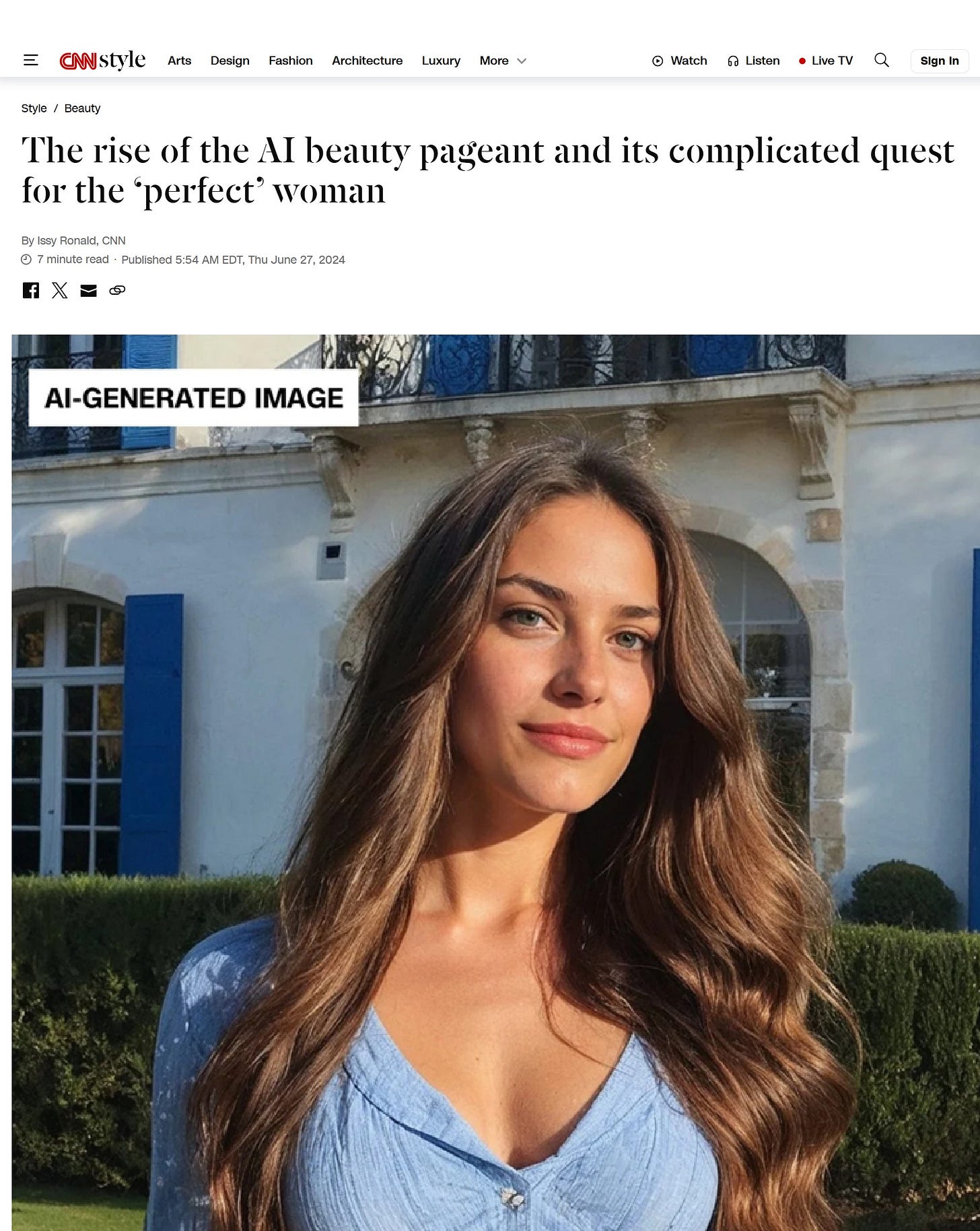
It’s augmented images like this that some people even show their surgeons. And while that isn’t dystopian enough, the next thing will undoubtedly be linked to biohacking and regenerative treatments: stem cells, injectable collagen grown from your own blood and skin-tightening tech that you can’t even pronounce.
The pursuit of eternal youth is the only trend that is constant. That, and looking the same - as like sheep, humans are programmed to be pack animals, living harmonious communities.
But today, the drive to perfection is done secretly under the guise that ‘I was always like this,’ in a desperately pathetic bid to be accepted.
Thanks to social media, it’s no longer just celebrities indulging in these procedures, we’re all somewhat in the public eye feeling the pressures of perfections. And so these treatments are open to the public elite, done discreetly, under a Goop cashmere hoodie and an NDA-signed recovery nurse.
And while celebrities may still claim it’s just lemon water - rest assured that definitely won't do the trick.
Get the facelift recovery look, here:

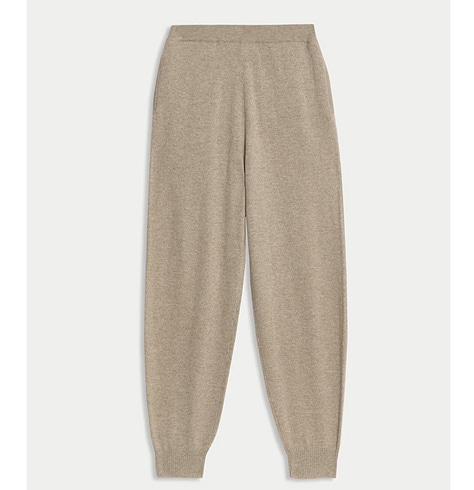
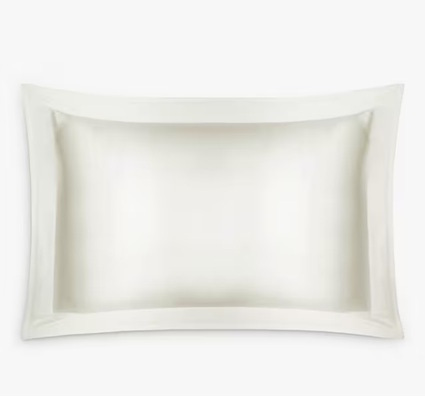

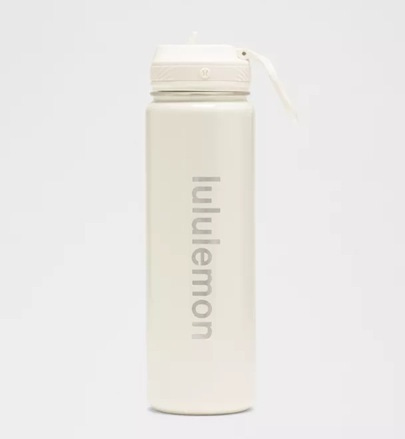
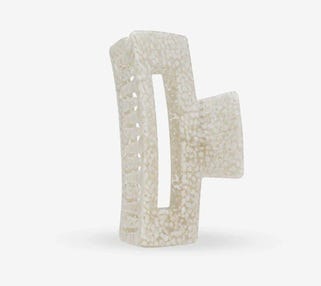
*Disclaimer - I myself have and love some of these ‘boring’ recovery essentials - for I too, am not immune to the need to look the same as everyone else.




